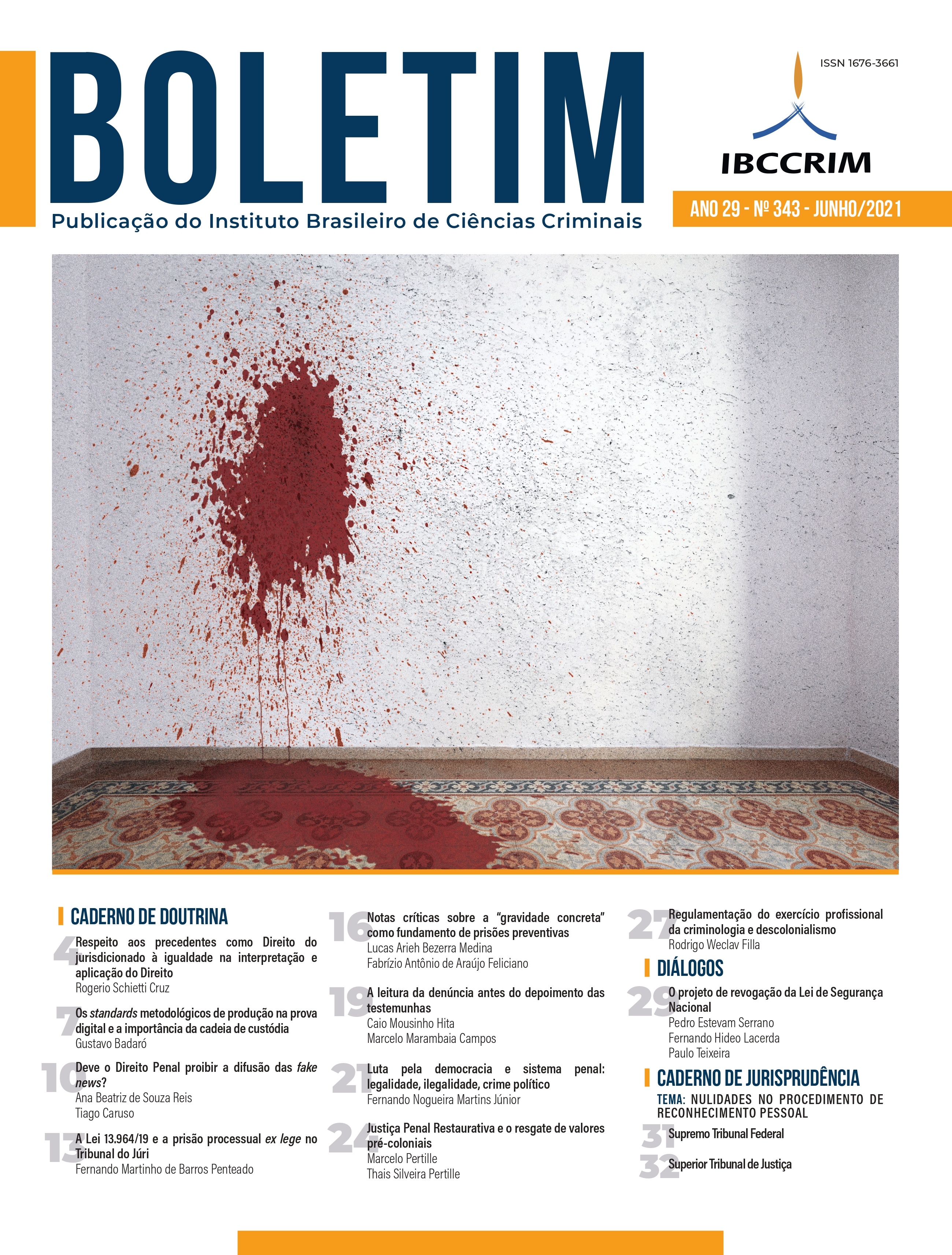Respect for precedents as the right to equality in law enforcement
Views: 73Keywords:
Legal Interpretation, Coherence and Unity of the Legal System, Equality, Following Precedents, Strengthening the Legal System, Judicial Independence, Structure of the Judiciary, Distinct authoritiesAbstract
Historically, applying the law waves. First, the judge was free. Then, the independence of the judge was weak. Since the development of a system where the norm is not the only source of the law, the exchange between different models, such as the American and the European ones, has increased. Preserving values and applying the law stably, consistently, and equally are ideas that have been improving. The new Code of Procedure from 2015 (CPC
2015) says that lower courts shall observe the high court decisions. It is worthy of the system. In fact, it reduces the number of appeals, procedures length of time, and the lack of trust in enforcement law. Courts' unique competencies are the framework of the Judiciary Branch. On the one hand, the lower courts judge the facts, working on the pieces of evidence. On the other hand, the high courts dictate what the interpretation of the law must be. It gives unit and coherence to the system. It does not mean that lower court judges are bounded since they still are the ones who will deal with which particular case. Therefore, they can apply the law precisely. Nonetheless, respect to the precedents does not means that they are settled. The idea is to avoid that the judges act by their own will, even when they have good feelings. Hence, the rule of law is preserved by respecting the precedents.
Downloads
Publication Facts
Reviewer profiles N/A
Author statements
- Academic society
- Instituto Brasileiro de Ciências Criminais
- Publisher
- IBCCRIM
References
KELSEN, Hans. Teoria pura do direito. 4. ed. Trad. João Baptista Machado. Coimbra: Armênio Amado, 1979.
CANARIS, Claus Wilhelm. Pensamento sistemático e conceito de sistema na ciência do direito. 3. ed. Lisboa: Fundação Calouste Gulbenkian, 2002
MARINONI, Luiz Guilherme – Coordenador. BARBOSA, Adriano et al. A força dos Precedentes. 2ª ed., revisada, ampliada e atualizada. Salvador: Juspodivm, 2012.
BRABRASIL. Superior Tribunal de justiça (6. Turma). Habeas Corpus 596.603. Relator: Min. Rogerio Schietti Cruz, 8 de setembro de 2020. Disponível em: https://www.stj.jus.br/sites/portalp/SiteAssets/documentos/noticias/08092020%20HABEAS%20CORPUS%20N%C2%BA%20596603.pdf. Acesso em: 21abr. 2021.
ARENHART, Sérgio Cruz; PEREIRA, Paula Pessoa. Precedentes e casos repetitivos. Por que não se pode confundir precedentes com as técnicas do CPC para solução da litigância de massa? Revista de Processo Comparado, v. 5 n. 10, p. 17-54, jul./dez 2019.
MITIDIERO, Daniel. Cortes Superiores e Cortes Supremas: do Controle à Interpretação, da Jurisprudência ao Precedente. São Paulo: Revista dos Tribunais, 2013.
MARINONI, Luiz Guilherme. O STJ enquanto corte de precedentes. São Paulo: Revista dos Tribunais, 2013.
Downloads
Published
How to Cite
Issue
Section
License
Copyright of published articles belongs to the author, but with journal rights over the first publication and respecting the one-year exclusivity period. Authors may only use the same results in other publications by clearly indicating this journal as the medium of the original publication. If there is no such indication, it will be considered a situation of self-plagiarism.
Therefore, the reproduction, total or partial, of the articles published here is subject to the express mention of the origin of its publication in this journal, citing the volume and number of this publication. For legal purposes, the source of the original publication must be consigned, in addition to the DOI link for cross-reference (if any).


 Português (Brasil)
Português (Brasil)
 English
English
 Español (España)
Español (España)






